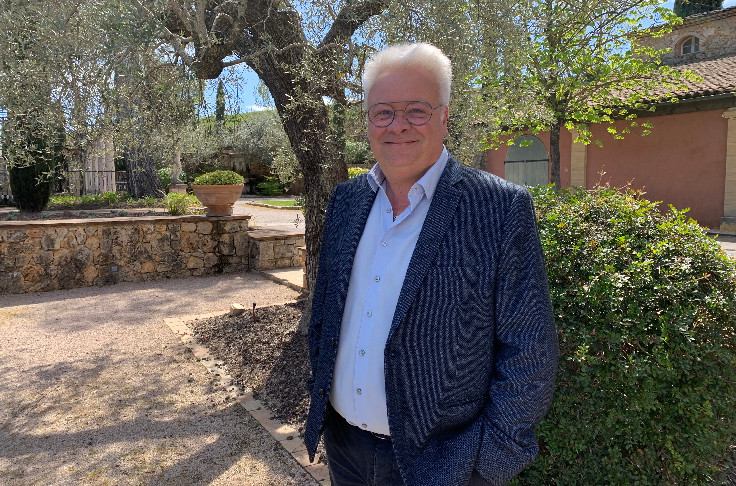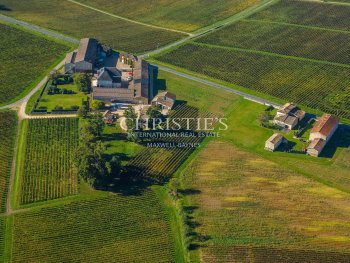Provence wine co-operatives enter merger phase

rovence has reached “a time when the co-operative winery industry is undergoing restructuring”, summarises Laurent Rougon, chairman of the Var co-operative winegrowers’ federation. Against a backdrop of positive economic indicators, the arrival of celebrities – the latest being basketball player Tony Parker – and investments by prominent wine and spirits groups, from LVMH to Pernod Ricard, “the issue is about supplying quality wines for long-standing shipping companies and the new corporations. And who better than co-operatives to respond to this need”, points out Rougon, who feels that the current merger trend among co-operatives is leading to more professional facilities.
Last year, the co-operatives in Cuers and Puget-Ville formed Terra Provincia, and at the start of the year, the co-ops in Flassans-Cabasse and Besse-Sainte-Anastasie merged. Laurent Rougon chairs the latter group, the ‘Comptoir des Vins de Flassans, with its 140 member growers, 1,250 hectares under vine and output of 65,000 hl. “This is my second merger, after the merger between Flassans and Cabasse in 2007”. In 2022, the Gonfarron and Pignans wineries are due to merge, with the procedure already underway. Although current alliances focus on production facilities, perhaps in the future marketing partnerships will be established, hints Rougon. There is already a precedent for this, between Estandon and the MaĂ®tres Vignerons de Saint-Tropez.
The chairman of the Var co-operative winegrowers’ federation believes that the current mergers respond to a need to absorb investments in production, particularly the recruitment of highly skilled technicians. “We're talking about specifications and styles that are specific to each buyer... We are inevitably heading towards higher production costs. We now have to transition the thought process from the vineyard to the winery, with quality specialists, agronomists and oenologists... Pooling resources is a logical part of the process, and that’s what the co-operative model is designed for”, explains Rougon. He feels that Provence’s co-operatives are no longer marred by divisions among villages: “Going beyond territorial boundaries is worthwhile”.






